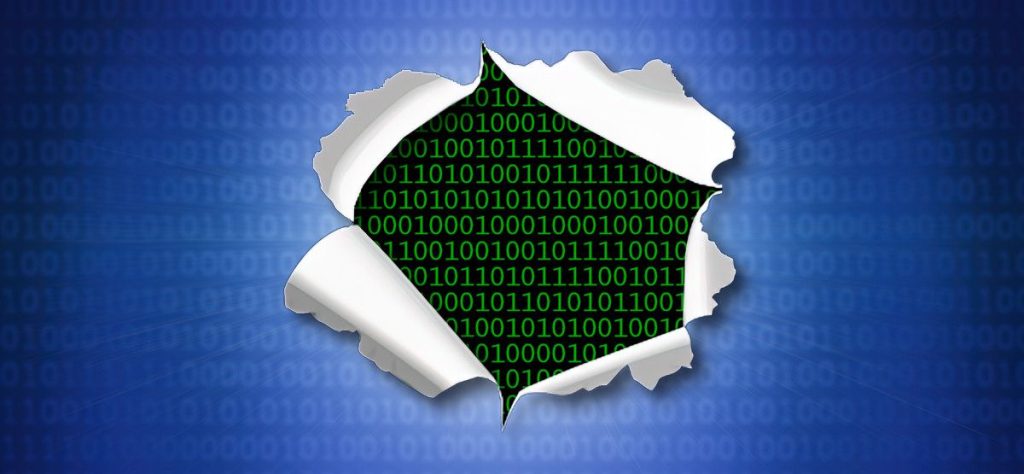

Where did the term “bug” originate in computing? This seemingly simple question unveils a captivating history intertwined with the development of early computers and the birth of software itself. The term, now commonplace in the world of technology, carries a story that transcends the digital realm. This article will delve into the unexpected origins of this crucial term, exploring the historical context and its lasting impact on the field of computing. We’ll identify the problem of understanding the origins and then provide a solution by tracing the term from its real-world origins to its adoption in the digital world. This exploration will follow a chronological structure, tracing the steps from the first documented use of the term to its present-day significance.
The Real-World Origins of a Digital Term
The Entanglement of Science and Science Fiction
The term “bug” in the context of computing may seem purely technical. But its origins are rooted in the tangible world, reflecting the meticulous nature of early engineering. Early computer engineers faced intricate challenges, requiring immense precision and patience, particularly in the mechanical era. Before the electronic age of modern computers, the digital realm wasn’t entirely digital. Mechanical components were fundamental to early computational systems. These early computers often were huge, room-sized machines composed of gears, levers, wires, and vacuum tubes. The intricate nature of these systems made them prone to errors caused by physical malfunctions.
An Unforeseen Error
The story of the “bug” begins not with code, but with an actual insect. In the late 1940s, at Harvard University, Grace Hopper, a pioneering computer scientist, worked with one of the earliest computers, the Harvard Mark II. While tackling a complex computational issue, she and her colleagues discovered that an actual moth was lodged within the computer’s machinery, causing malfunctions. The moth’s presence was the actual root of the error that prevented the computer from functioning properly. This “bug” served as the perfect embodiment of the physical obstacles encountered in that era.
Formalization of the Term
The Persistence of Physical Errors
Grace Hopper, documenting this incident, meticulously recorded it as “the first actual case of a bug being found” in a computer. This recording, with its precision and attention to detail, laid the groundwork for the formalization of the term. The presence of the insect in the machine’s inner workings wasn’t merely an anecdotal incident. It symbolized a broader issue of finding and rectifying errors within complex systems. The use of “bug” to refer to glitches in the functioning of electronic components spread quickly through the engineering community. The term became integral to the troubleshooting and maintenance of systems.
Tracing the Term Through Time
Over time, the term “bug” transitioned from a precise description of physical malfunctions to a metaphorical representation of glitches and errors within computer systems. Engineers began using the word to identify a problem in the functioning of the software, whether it was due to coding errors or hardware malfunctions. This shift reflected the evolution from mechanical to electronic components in the computing world.
The Bug’s Impact on Software Development
From Hardware to Software
As computing evolved from mechanical systems to electronic systems, the term “bug” transitioned from a physical problem to a coding one. The digital world brought a new set of challenges and the need to pinpoint errors. The term “bug” is now widely recognized as a coding error that prevents the system from working correctly.
Debugging as a Crucial Skill
Finding and fixing these errors, or “debugging” became a crucial skill for any programmer. The adoption of the term “bug” provided a universal framework for describing and resolving these problems in software. This framework has remained the cornerstone of software development, helping engineers and programmers to precisely diagnose and address errors in their projects.
The Lasting Legacy of the Term "Bug"
The Ongoing Relevance of the Term
The term “bug” remains relevant today in the rapidly expanding field of software development. It serves as a powerful reminder of the importance of thorough testing, careful analysis, and meticulous coding practices. Modern programmers often use debugging tools to identify errors in their code, demonstrating the continued relevance of this historical reference.
From Physical to Abstract
The story of the term “bug” showcases the transition from a physical impediment in early computers to a more abstract concept within modern software development. This transformation exemplifies the ongoing evolution of technology and the creative adaptation of terms to capture its essence.
A Deeper Look into the History
Grace Hopper and the Mark II
Grace Hopper’s meticulous documentation and the incident with the Harvard Mark II are not just historical anecdotes. They mark a turning point in how we think about errors and problems in complex systems. This documentation served as the origin point for the use of “bug” in computing. Hopper’s work showcases the importance of meticulous record-keeping in identifying and rectifying errors, a practice that remains crucial in modern software development.
The Evolution of Debugging Tools
Modern debugging tools and software development methodologies are direct descendants of these early techniques. The concept of diagnosing issues through meticulous examination and recording is fundamentally intertwined with the evolution of computing. Software engineers frequently use tools designed for debugging, which streamline the process of identifying errors.
Q2: How does the history of the term "bug" in computing relate to software development today?
The term “bug” connects us to the early challenges faced in software development. Even today, the need for meticulous analysis, precise problem-solving, and diligent testing still remains paramount. Programmers often use debugging techniques, a direct lineage from the historical need to resolve issues and errors in early systems. This historical perspective highlights the importance of attention to detail in today’s software creation.
Q3: How significant are historical events in influencing the language and practices of modern computing?
Significant events in the early days of computing, such as the “bug” incident, have profoundly shaped the language and practices used in modern computing. The term “bug” provides a historical context and reinforces the importance of debugging as a crucial step in software development. This historical context reminds us of the evolution of programming languages, error detection methods, and testing strategies.
Q4: How did the term "bug" affect the way people perceive computer systems?
The term “bug” initially underscored the imperfection and potential for errors in these early computer systems. Today, the term’s pervasive use highlights the need for thorough testing and troubleshooting. This emphasizes the ongoing effort to make computer systems more reliable, a continuous process that demonstrates the importance of understanding the past. By connecting to the historical challenges of computing, we gain insight into the constant pursuit of error reduction and advancement.
Frequently Asked Questions
Q1: What are some other terms that have emerged in the evolution of programming?
Several other terms emerged throughout the history of programming to describe different aspects of the field. While the term “bug” highlights errors, terms like “glitch” or “fault” focus on momentary or unexpected occurrences. Concepts like “debugging” and “testing” have also become integral parts of the process. The evolution of these terms reflects the evolving needs of the field.
In conclusion, the term “bug” in computing emerged from a real-world issue, symbolizing a problem in a system. Understanding its origin sheds light on the evolution of troubleshooting and the ongoing quest for flawless software. If you’re interested in learning more about software development, explore resources available online to deepen your knowledge on topics like software engineering and debugging techniques. Your next step could be to find a local coding bootcamp or online course, or simply read articles and tutorials to further your understanding of the processes involved.